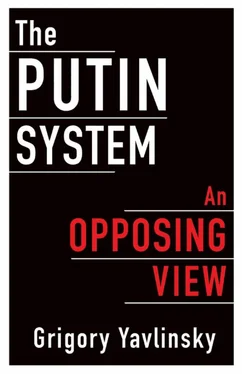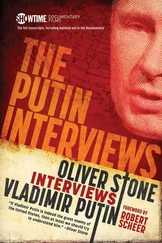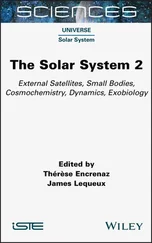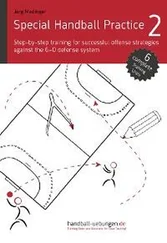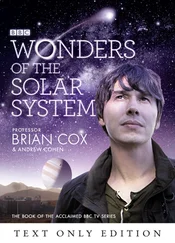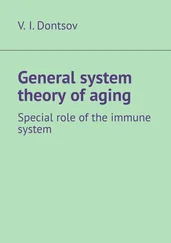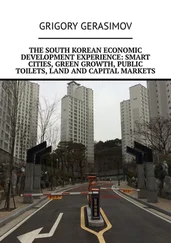1. a distribution of power resources among several centers and groups within the system;
2. an effective separation of powers into different branches that function to preclude a concentration of power in the hands of a single person; and
3. the use of elections as a means to resolve political disputes and tensions and to select the next governing team from among several contenders.
In the 1990s, Russia did not progress in any noticeable way along any of these three dimensions; every attempt to prove the opposite has been unconvincing. During that particular period, in my opinion, the formal indicators of political democracy in the aforementioned sense of this term were in their sorriest state. They were virtually entirely emptied of their substantive content, and the institutions of democracy were being discredited, while the thick layer of demagogic rhetoric generated spontaneous protest among broad swaths of Russian society.
In addition, by the late 1990s the mechanisms of governance as such, and especially its administrative hierarchy, were in a truly sorry state as well. There was a broad consensus that the authorities of the Russian state were failing to perform the basic functions of governance that are essential under any type of a political system, such as maintaining public order, keeping track of its assets and protecting its citizens, preserving the integrity of the legal regulation of social and economic relations across Russia’s territory, making the court system work properly, producing and executing the country’s budget, and so on. Instead, government was being supplanted in these key functions by spontaneous, elemental forces, with plain violence used as a tool of competition, semicriminal unwritten arrangements taking the place of laws, and the like.
Therefore, after the transfer of power from Yeltsin to Putin, when the Kremlin suddenly launched a virtual campaign of denunciation of the “unruly 1990s,” it looked from the outside as if it was actually going to target the very failures of that decade that I have outlined. Although this quasi campaign was to a large extent demagogic, it also undoubtedly built upon a genuine sense that the Russian state had been unacceptably weakened in both external and, most importantly, domestic matters. It cannot be denied that, by the year 2000, Russian society and its bureaucratic elite were in a sense demanding a consolidation of governance. This was supposed to bring more order into everyday life by strengthening the state—not by making the state bigger or more ferocious in its use of force but rather by making it effective in performing those functions that make a society modern, sophisticated, and open to development.
How the system responded to this demand is a different story. Instead of consolidating the essential formative functions of the state, the system consolidated the authoritarian power at the top. As a result, Russia’s authoritarianism morphed into its present-day shape, projecting demodernization, conservative chauvinism, and isolationism.
To put it differently, if, during the early and mid-1990s, Russia’s post-Soviet political system passed the first of its developmental crossroads by opting for an authoritarian model of development over a competition-based one, during the next decade it passed a second major road fork as well. This time, it was a choice between a modernizing type of authoritarianism, a kind of “authoritarianism for the sake of progress,” and a conservative, stagnation-prone type of authoritarianism. The conservative type begins by erecting barriers on the path of any change that might weaken the ruling circle’s control over society—though eventually, at the final stage of its existence, this control is lost because of the degeneration of the institutions that enable governance in the first place. [9] In the first years of the twenty-first century, Russia’s economic system began absorbing very large windfall profits from the export of raw materials and hydrocarbons. These superprofits greatly reinforced and accelerated its political consolidation. The most significant stages of this process were as follows: • the subordination of all politically influential media, with the destruction of the NTV media company (2000–2002); • the deepening fusion of government power with the ownership of economic assets through an even greater subordination of businesses to the state, with President Putin’s tight personal control of all financial flows and the shrinking of the private sector of the economy (as exemplified by the prosecution of Yukos from 2003 on); • the elimination of all autonomy whatsoever for regional elites, with the abolition of gubernatorial elections (2002); • the unleashing of no-holds-barred propaganda in government-owned media; the reversal of the editorial policies of the previously influential democratic mass media through semi-involuntary transfers of their ownership rights to the largest government-owned public companies; the transformation of these media into tools of the ruling circle, serving their interests by manipulating public opinion (first and foremost the opinion of the educated class in Moscow and Saint Petersburg); and a drastic increase in the scale of election fraud (starting in 2003); • the intimidation of society, beginning in 2012, including intimidation of young people (with the prosecution of the band Pussy Riot), of protest rally participants (with the prosecution of the Bolotnaya Square protesters), of human rights advocates and civic organizations (with the “foreign agent” labeling, in accordance with the newly passed law), and of the bureaucracy (with the prosecution of the former Defense Minister Anatoly Serdyukov); loud campaigns targeting various minorities (such as the campaign against “homosexual propaganda”); the campaign for the “nationalization of the elite”; and other actions; and • active efforts to create a pervasive sense of a lack of alternatives to the status quo, regardless of the quality and the mistakes of the power holders.
Strictly speaking, this is about a paradox that is well-known from history. It is expressed by the ages-old dictum “Everything must change so that everything stays the same.” The sustainability of any political system, including an authoritarian one, ultimately depends upon its dynamism and its ability to adapt, to open space for the growth of new forces and relationships, to detect shifts in a situation and to come up with responses to the new threats and challenges resulting from these changes. In theory, a competition-based system has significant advantages in this regard, because it assumes (again in theory) that the political team that fails to recognize an objective need for change will inevitably be defeated in the elections.
Of course, in reality nothing is so unequivocal. The need for changes is not always self-evident, the mechanisms do not operate automatically, and election outcomes may be very different from the system’s objective needs in terms of survival and development. For its part, under certain conditions, an authoritarian system also may display flexibility, ability to adapt to changing circumstances, and commitment to genuine rather than phony achievements. Thus, an authoritarian government does not invariably have to result in its own fossilization, becoming a shackle on society and an obstacle to progress. Such outcomes are more likely to be a product of a combination of situational variables and the political inadequacy of the ruling circle.
It is difficult to determine the extent to which these two factors shape the outcome of the process. But this typically results in a regime that is on the defensive against multiple real and fictitious enemies, including those from abroad. Such a regime tries to impede the activities of any forces that it views as unfamiliar and puzzling. By doing this, it precludes the possibility of an evolutionary development of those institutions that are currently in place.
Читать дальше
